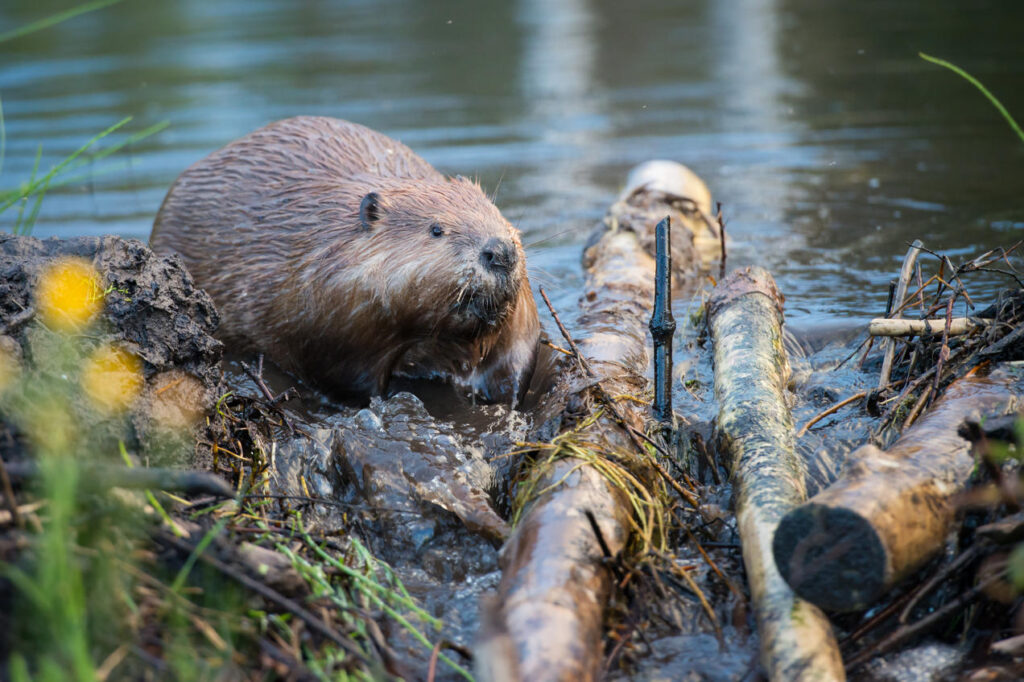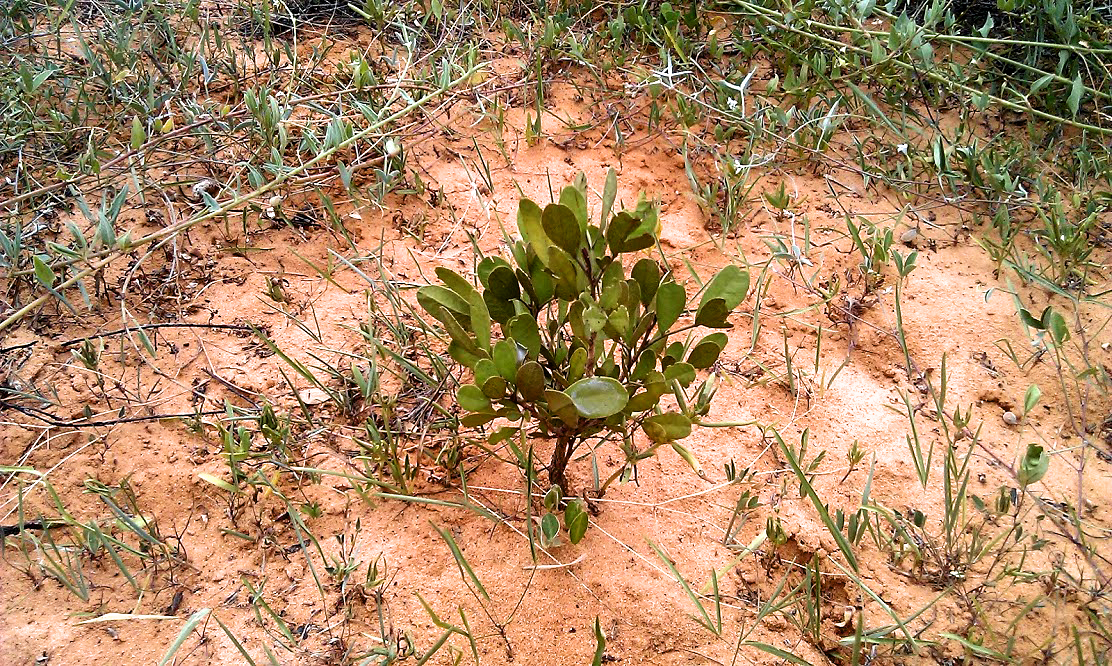
Beaver dams can have a major impact on their local environment, reducing the severity of floods and enabling other species to flourish. This is ecosystem engineering.
Climate change affects the environment and all animals living within it. By looking around us, we can all agree on the evidence that humans are by far the most powerful ecosystem engineers that have ever existed—having the ability to change the environment, to extent of affecting planetary boundaries. Hence, causing global warming and extreme weather patterns. What positive changes can we make? Can we preserve what we already have destroyed? What power or know-how do we have at our disposal to make the world a better place? How can we improve ecosystems to help us live more sustainably, while sharing our Earth with all the other creatures that inhabit it, both large and small? We must be cognisant that when we try to change an ecosystem, we need to work with nature to transform any environment to its naturally endowed form efficiently.
On the grand scale of ecosystem engineering, we have much information about how ecosystems work and the key factors affecting and controlling them. We need to gather all this information and develop simple guidelines that people can follow and use. A simple example of this would be reforestation required to bring back an endangered plant species. While planting more trees sounds easy and better for greening, we need to remember that it is more meaningful to use the right trees and grow them in suitable locations. Natural settings matter, and each ecosystem has the contextual dynamics that demand specificity.
An excellent example of context-specific reforestation of plants is the Yeheb shrub, which grows in the wild and is used for food and fodder by rural communities of the Horn of Africa. Nature has endowed this plant with specific microorganisms in its indigenous soil habitat, making it hard to implement ex-situ conservation at scale. Not just geographic location but also topographical features affect the successful establishment of the Yeheb shrub. too. Hence when thinking of reforestation; ecology factors such as sensitivity to high wind speeds or long periods of direct sunlight bear consideration. Certain soil types may be favoured over others for the best outcome, and even before planting trees, we may need to plant shrubs to create the right conditions for tree growth.
All the bounties that the natural world can offer require purposeful protection.
On a small scale, though, isn’t it amazing to think how a window box with flowers can provide pollen and nectar to insects. A tree or bush that bears fruit can provide food for migrating birds, and how we can even grow fresh herbs in our houses for our own consumption. All the bounties that the natural world can offer require purposeful protection. We need to start with what we can do as an individual, then what we can do as a family, after what we can do as a community, what we can do as a nation and finally what we can do as humans.

